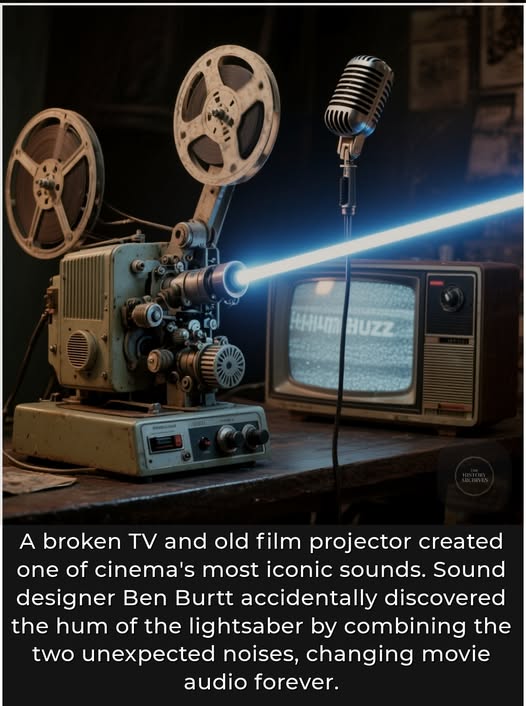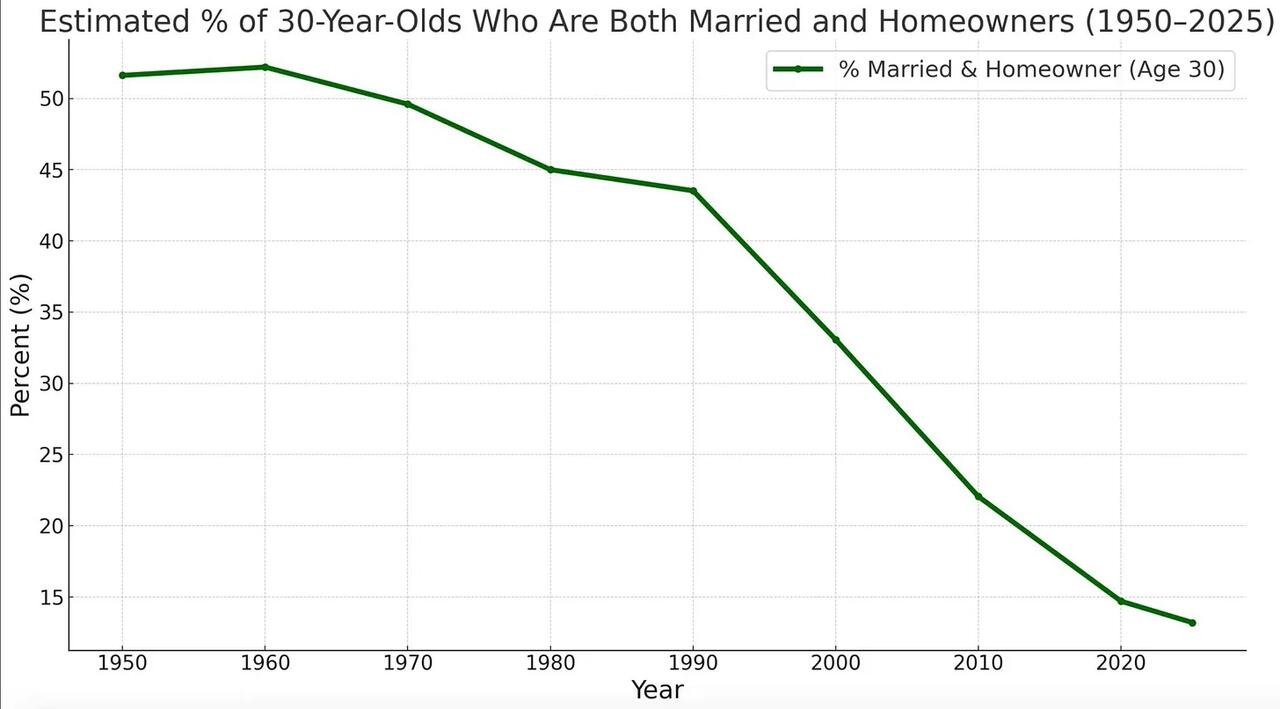
One Chart. Three Generations. Total Extraction.
Arson Is Not Climate Change

What One Billionaire Knows About Outlasting a Dollar Collapse
Unlocking Nature’s Healing Potential — The Power of DMSO and Botanical Combinations

- DMSO is an “umbrella remedy” capable of treating a wide range of challenging ailments due to its combination of therapeutic properties (e.g., reducing inflammation, improving circulation, and reviving dying cells). It also rapidly transports substances dissolved in it through the skin and throughout the body
- These benefits are also seen when DMSO is combined with a variety of natural therapies — in many cases, allowing the mixture to treat challenging conditions neither could treat alone
- DMSO is commonly combined with natural carrier oils and botanicals such as essential oils and herbal extracts
- These combinations are commonly used to create natural skin care products which rejuvenate the skin and cure numerous skin conditions such as acne, psoriasis, eczema, and lipomas. They also enhance DMSO’s ability to heal injured tissues, reduce inflammation, and treat acute or chronic pain (e.g., arthritis or migraines)
- This article will review the basics of botanical DMSO combinations, the literature supporting it, and show how these mixtures can be used to treat many additional challenging medical conditions
9 Foods Associated With Living Longer, According to Research

Want to live a long, fruitful life? What you put on your plate could make a major difference. In addition to following an overall healthy eating pattern, moving your body regularly, and incorporating other healthy lifestyle habits, these nine foods could improve your health and increase longevity.
Dr Berg On Rosemary

The Lightsaber Sound

A happy accident in the 1970s led to one of the most famous sounds in movie history.
Sound designer Ben Burtt was tasked with creating the unique sounds for a new science fiction film, Star Wars, and needed something special for the laser swords.
While working as a projectionist at the University of Southern California’s cinema department, he found his first ingredient in the constant, musical hum of the old film projectors’ interlock motors.
He recorded this deep hum, which would become the heart of the lightsaber’s sound.
The second, crucial part came from an unexpected discovery. Burtt found that a broken microphone cable would pick up a strange buzzing noise from the back of a television set.
He recorded this accidental buzz and layered it with the projector motor hum. The combination created the distinct, electric crackle of the lightsaber we all know today.
To make the sound feel like it was moving, Burtt then played the completed sound through a speaker and waved a microphone in front of it. This simple technique created a Doppler shift, mimicking the sound of a weapon swinging through the air.
This innovative approach not only brought the lightsaber to life but also helped set a new standard for audio effects in cinema.
Tragically Funny or Funnily Tragic or Something
Meal Planning
In my book How To Live The Healthiest Life (which you can get here https://howtolivethehealthiestlife.com/ if you don’t already have a copy) I formerly had a link to a site no longer available.
The website whfoods, previously run by the George Mateljan Foundation, was a valuable resource for nutritional analysis and whole-food recipes. Since it’s no longer available, here are some alternative websites that offer similar tools for analyzing your diet and providing healthy recipes to support meal planning:
My New Roots (http://www.mynewroots.org) – This site, created by a holistic nutritionist, focuses on plant-based, whole-food recipes with vibrant, nutrient-dense ingredients. It includes detailed nutritional insights and a variety of recipes, from breakfast puddings to hearty mains, ideal for health-conscious meal planning.
Love and Lemons (www.loveandlemons.com) – Run by Jeanine Donofrio, this site emphasizes seasonal, vegetarian recipes with a user-friendly recipe index. It’s great for finding fresh, healthy meal ideas and includes filters for dietary restrictions, making it easy to tailor recipes to your needs.
Clean Eating Kitchen (http://www.cleaneatingkitchen.com) – Created by Carrie Forrest, a nutrition expert, this site offers over 700 gluten-free, dairy-free, and refined sugar-free recipes. It’s a solid resource for clean eating with practical meal prep tips and a focus on whole foods, similar to WHFoods’ approach.
Skinnytaste () – Gina Homolka’s blog provides healthy, family-friendly recipes with a focus on low-fat, nutrient-rich dishes. It includes nutritional information for each recipe, making it a good tool for analyzing and improving your diet.
Eatright.org (Academy of Nutrition and Dietetics) – This site offers evidence-based nutrition information and meal planning resources. While it’s less recipe-heavy than WHFoods, it provides tools for assessing dietary habits and making informed food choices, backed by professional dietitians.
These alternatives align with the WHFoods mission of promoting whole, nutrient-dense foods and offer recipes to support healthy meal planning.
Hope this helps!



